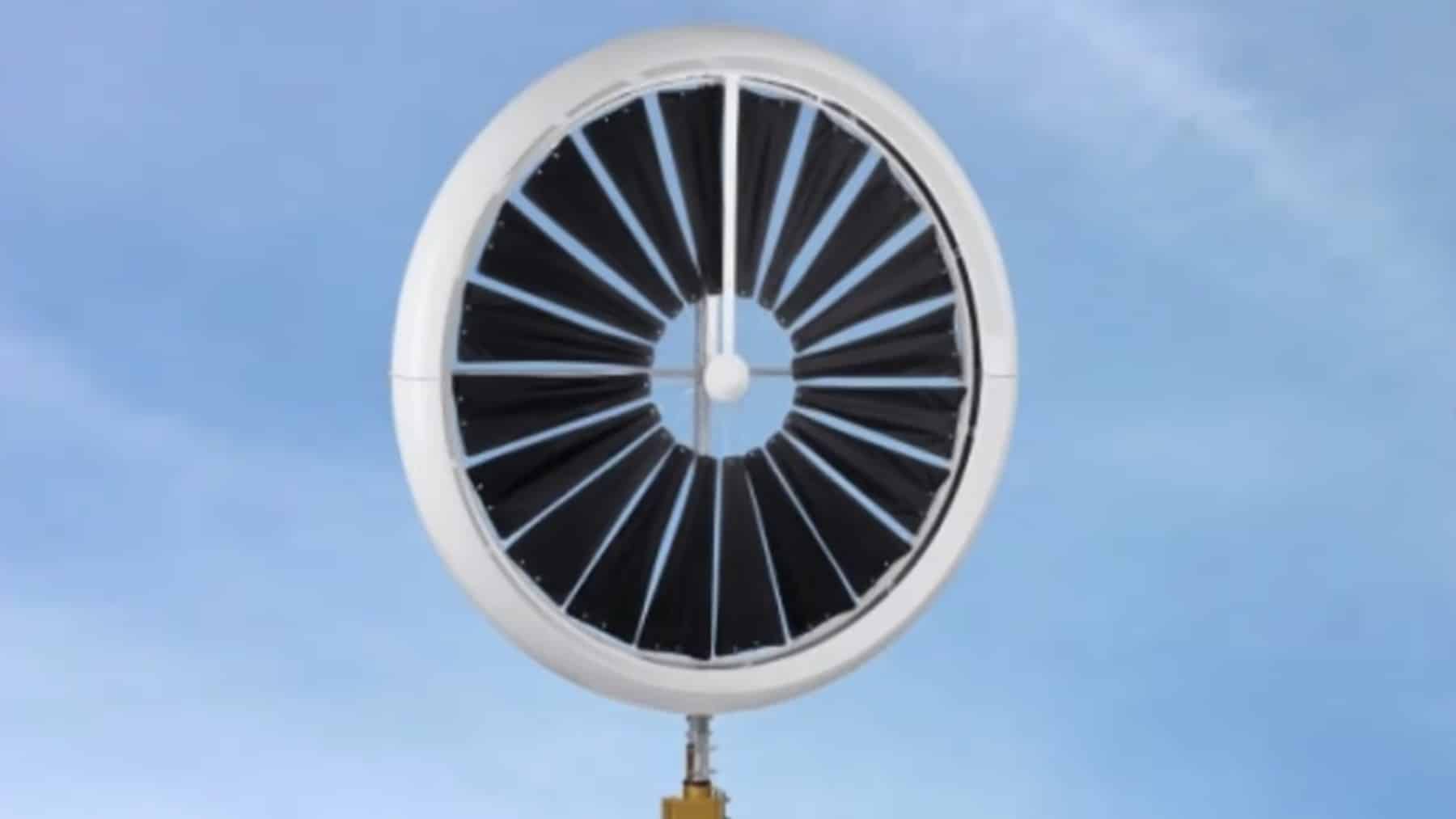EarthTronics and Honeywell have revealed somewhat of a groundbreaking solution: the Honeywell Windgate wind turbine. With its special design, the Windgate aims to bring affordable and practical wind power to homes, particularly to those homes in low-wind regions. The question is whether this circle-shaped turbine is a great rival to solar panels in terms of energy generation for residential use?
While most homeowners and businesses are seeking alternative energy sources, wind power has long been seen as a potential solution, especially in regions where there are abundant wind resources. However, the practicality has always been a concern due to the lack of wind availability and the hefty cost of installation. Perhaps the circular shaped wind turbine is the answer for most.
Dealing with Wind Power’s biggest challenge
Wind power has faced a considerable hurdle in terms of its widespread adoption simply because many areas do not have consistent and strong winds needed for traditional turbines. Throughout the United Staes, a relatively small percentage of the country sees wind speeds that are exact for power generation. Most conventional wind turbines demand wind speeds of at least 7 to 8 mph before they can even begin generating power. Thus far, many homeowners were unable to take full advantage of wind energy. Furthermore, the other challenge was that of the installation of large turbines that has to be far from where energy is consumed.
Honeywell Windgate has proposed a way to deal with Wind Power’s biggest challenge. The Honeywell Windgate turbine has been designed to overcome various obstacles by working well even in considerably low-wind conditions. The unique design of Windgate allows it to generate power in wind conditions that are as light as 2 mph. Honeywell Windgate accomplishes this through EarthTronics’ Blade Tip Power System that replaces the traditional geared hub and as such generating power from rim-mounted permanent magnets located at the tips of the turbine’s blades. This innovative development reduces mechanical resistance and allows the turbine to capture energy within a broader range of wind speeds (from 2 mph to 45 mph).
An efficient and quiet design
What makes Windgate’s design so unique is the fact that its rather compact. In comparison to larger industrial wind turbines that need extensive space and infrastructure, the Windgate is merely 6 feet wide and weighs only 95 pounds. Windgate’s design is thus a highly feasible option for urban and suburban environments, where space restricts the installation of traditional turbines. The turbine can as such be mounted on rooftops, walls, or even installed on a self-standing pole, providing flexibility for various residential setups.
Alongside being efficient, Windgate’s gearless design makes it run rather quietly producing far less vibrations than other traditional turbines. Windgate’s design makes it suitable to be used in residential areas where noise pollution affecting citizens could be concerning. However, can these turbines replace the black solar panel that thus far has challenged everything that we know.
The better option: Windgate versus traditional solar panels
An exciting aspect of Windgate’s wind turbine is its cost-effectiveness. In cases where traditional turbines are far too expensive to be used in residential areas, EarthTronics has priced the Windgate at approximately $4,500 less in comparison to the typical cost of large-scale turbines. The cost per kilowatt-hour (kWh) of energy generated by the Windgate makes it also a competitive option for many homeowners.
Aside from affordability, Windgate is able to generate up to 2,000 kWh of energy per year, covering approximately 15% of an average household’s energy needs. Although this is not enough to entirely replace the home’s electricity use, it could reduce a household’s resilience on the grid. The good news is that Windgate is able to peform effectively in lower wind speeds as such offers an alternate energy source in regions where solar power alone won’t be enough. This follows the discussions on whether the Honeycomb wind turbines will destroy solar panels.
With any new technological advancement, the long-term success of the Windgate will depend on its real-world performance, which has yet to be carefully tested.














